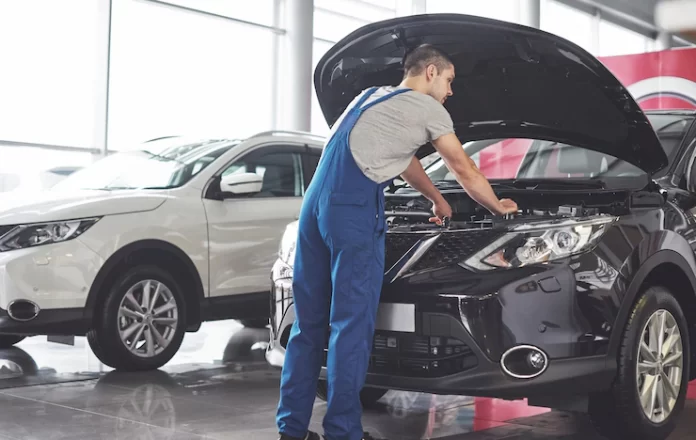Vehicle uptime and efficiency are always crucial for business fleets, but recently, this has become increasingly true.
With the increased demand for shipping and delivery of products during the epidemic, the supply chain was put under intense pressure. New cars have been hard to come by due to supply chain problems at the same time.
These developments have compelled fleets to maintain their current fleet of cars for a longer period of time. It is more important than ever for fleet managers to stay current with the age of the car and accrue more miles.
According to Shiva Bhardwaj, founder, and CEO of Pitstop, “If you put yourself in the position of a fleet manager, they walk in every day and they have, let’s say, 100 drivers getting into trucks and they have all these goods that are packed into the back of the trucks they need to get to different points throughout the day.” The daily routine of your business would be completely disrupted if two of the vehicles broke down at once, according to the expert.
Making Use of Digital Solutions
The majority of the work has been done manually, including managing the upkeep of those vehicles to prevent breakdowns and calculating their total cost of ownership to determine when they should be replaced.
In this market, pen and paper account for a sizable portion — perhaps 70% — according to Bhardwaj. “At the moment, people perform this sort of work sparingly and manually. Therefore, it’s more of a generalization based on experience.
However, fleets are increasingly utilizing systems that offer digital tools and information. Fleet managers can detect and avoid vehicle problems with the use of Pitstop’s cloud-based analytics platform, which also employs artificial intelligence (AI) and data from connected cars.
Fleet managers may schedule the vehicle’s downtime for required repair using the platform’s predictive analytics, preventing unforeseen failures.
Notifying Fleet Managers of Delivery
According to Bhardwaj, modern automobiles feature an average of 100 modules that use sensor data to operate switches, motors, and other devices.
Predictive analytics may be applied to the data when it is broadcast to a platform like Pitstop. Prediction models that inform the user of the status of the vehicle’s subsystems and their likelihood of failing can be given the data points.
The fleet manager receives this information via notifications that are labeled as critical, major, or minor depending on whether vehicles require maintenance or might experience downtime.
Data pouring from thousands of automobiles fuels the platform. So, for instance, it can determine how much braking a vehicle has done while towing a particular weight and then calculate the amount of energy lost through the brakes. The rate of brake wear on other, comparable cars may then be compared to that.
Although original equipment manufacturers (OEMs) of the cars offer service schedules based on time and mileage, a vehicle’s requirements might change depending on how it is utilized. For instance, a car that is exclusively driven on city streets will brake far more frequently than one that spends most of its time cruising on a highway. Additionally, a vehicle hauling heavy equipment will be put under more strain than one not.
“These resources are used so differently by everyone. They will thus dress differently, according to Bhardwaj.
Total Cost of Ownership Calculation
The performance of a vehicle may also be evaluated using this data by looking at its fuel and maintenance expenses. The fleet manager may examine the entire cost of ownership for the cars thanks to insights made possible by AI.
The platform may offer insights that assist the fleet management in deciding which cars to pull off the road for repair and which vehicles to remove from their fleet because their expenses are rising because it knows the state of every system on a vehicle.
So you tell them, “Here are three cars we need to take care of,” Bhardwaj added. The other cars are continuously monitored and analyzed, and when a problem arises, it will be highlighted so you may take appropriate action. As a result, you may concentrate solely on the few assets that are truly in danger rather than worrying about the future.











